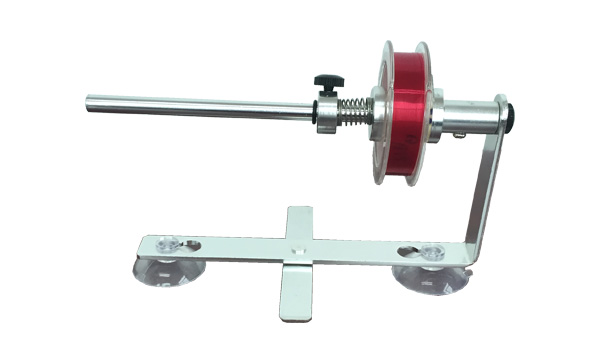

When buying fishing line in a fishing tackle shop, you […]
When buying fishing line in a fishing tackle shop, you may find that there are many varieties of fishing line. The trademarks indicate domestic, joint venture, foreign imports, etc. The price of fishing line is several hundred yuan per plate, and the cheaper one has a few dollars per plate. The fishing line, the packaging is dazzling, so that buyers are dizzying. Of course, there are definitely good quality fishing lines, and some are of average or poor quality. Although the price difference is a simple way to choose the pros and cons of fishing line, the current price of fishing line in the market is very irregular, and the phenomenon of shoddy fishing line occurs frequently. The true quality of the fishing line cannot be identified only from the price and outer packaging. Only through the following aspects can the quality of the fishing line be identified.
One. Look at the line: When you get the fishing line, first look at the packaging instructions and whether the data indicators meet the standards. Then open the outer package for visual inspection. No matter what color of the fishing line, the surface of the line must be shiny (except for the braided line), the transparent line must not have a color, and the colored line must not be white if it is different from the natural color line. If the matching color appears in the fishing line (except for the color during production), there must be a problem with the quality of the fishing line. In addition, compare one end of the standard fishing line with the fishing line you want to buy, and see if the number of line diameters is the same or close, the difference is not large, or the same line diameter, then the fishing line is acceptable, if the difference is large, That is definitely not a good fishing line, because some low-quality lines can only maintain a certain degree of tension by increasing the diameter of the line.

Second, touch the line: When buying fishing line, first pull out a section of the line, gently stroke it with your finger, and check by hand to see if the thickness of the fishing line is uniform and the surface is smooth. Then put the fishing line into the palm of your hand, then squeeze it a little bit, then release the palm to check the recovery of the fishing line after stress. If it is restored to the original shape quickly in a short time, it is a good quality fishing line. Slow or unable to restore the original line, it must be inferior line. In addition, a good fishing line should be very soft, especially the soft line as a strand, there are many benefits. When the fishing line has the same diameter, the softer the better.
Trial: Trying the fishing line is the most effective way to identify when fishing. In fishing, after the line is soaked in water, you can test its water absorption. The surface of the fishing line is rough, the material used for the line is not dense enough, and the waterproof protective layer is not effective. During use, the fishing line will absorb water. Once the fishing line absorbs water, the sensitivity of the line group will decrease, which will affect the normal transmission of the fish flood , A good fishing line should not absorb water. Whether it is wear-resistant is also one of the criteria for judging the quality of the fishing line.
Some line sets need some small accessories (such as space beans, floating seats, etc.), which need to be adjusted repeatedly during the fishing process. Then these accessories attached to the fishing line should be frequently rubbed up and down during adjustment. If the fishing line If the quality is not good, it will fluff or split soon, which will affect the original pulling force of the fishing line. In addition, after the fishing line is knotted, its strength is higher, and the quality is better. When fishing, the line group should be knotted on the fishing line according to the needs. The general fishing line will reduce the tensile strength at the knot. For good quality fishing line, the reduction is limited. Poor quality fishing line may drop to less than 30% of the tension value before knotting. So when trying, tie a knot and gently pull to check the strength.